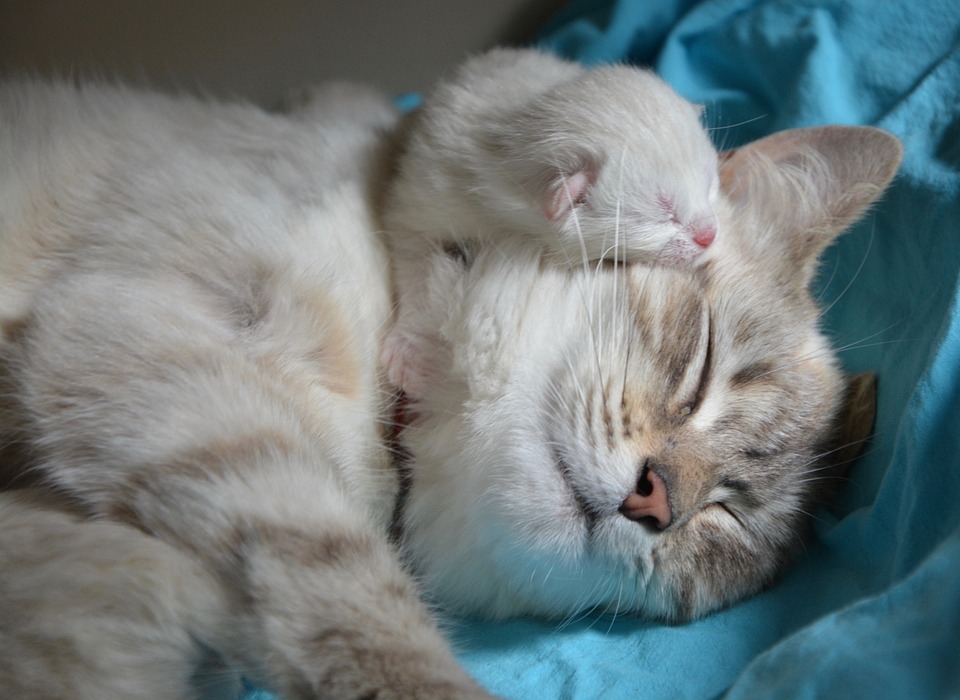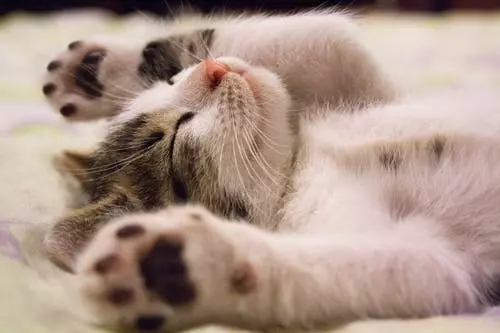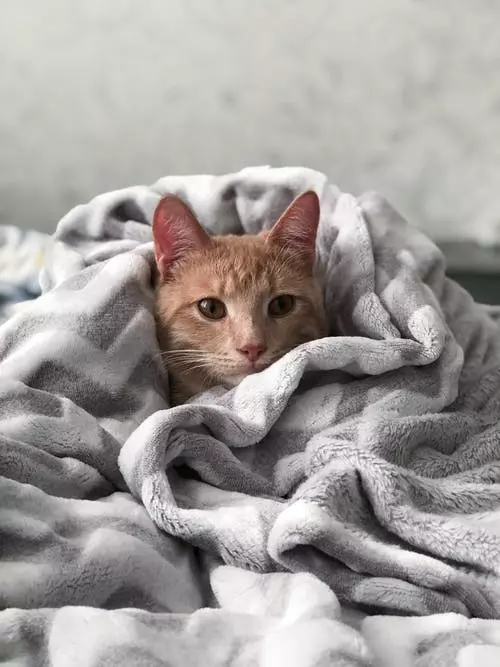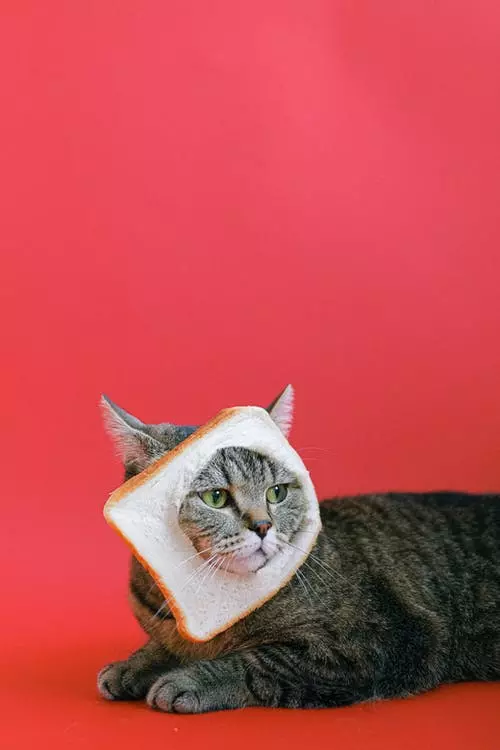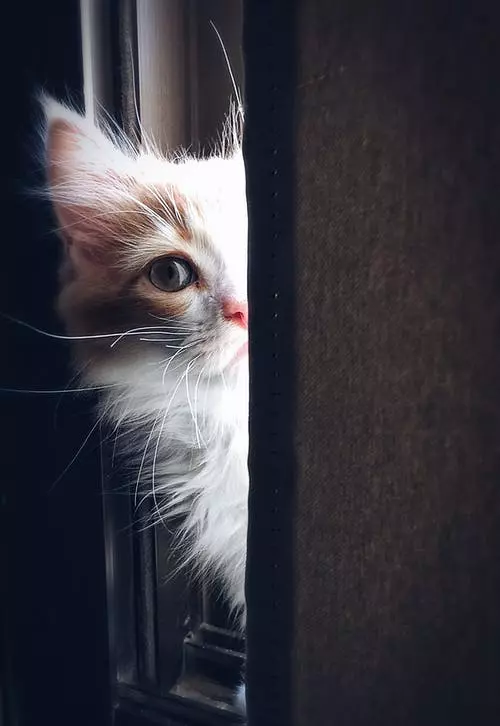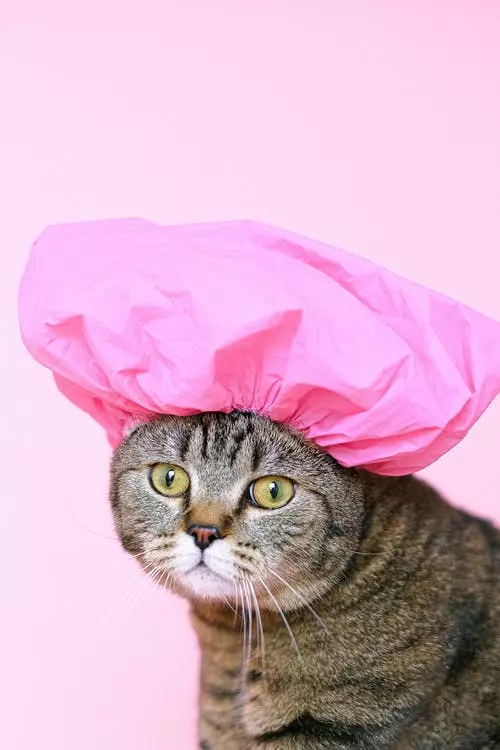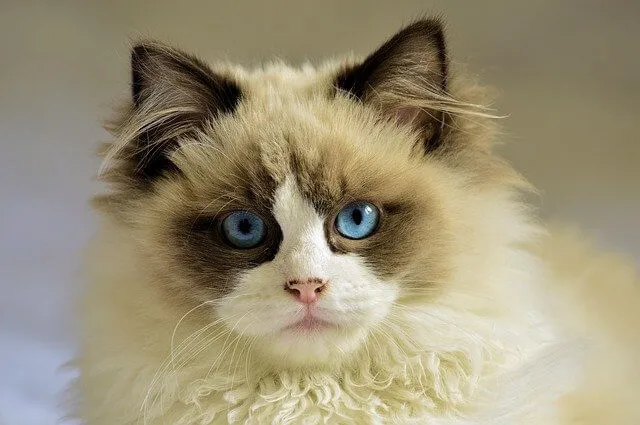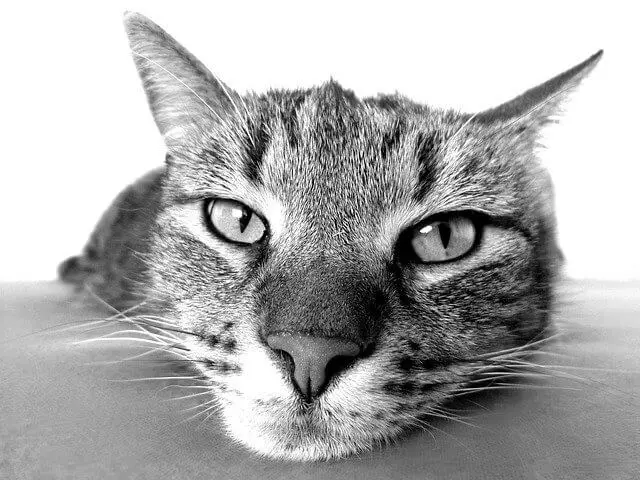As cat owners, we often focus on providing our furry friends with physical care, such as food, water, and regular exercise. However, it’s equally important to consider their mental well-being. Cats are curious creatures that require mental stimulation to prevent boredom and promote overall happiness. In this article, we will explore various ways to provide mental stimulation for your cat, ensuring they lead a fulfilled and enriched life.
Before we delve into the strategies for providing mental stimulation, let’s first understand why it’s crucial for your feline companion. Mental stimulation helps prevent behavioral issues such as aggression, anxiety, and destructive behavior. Additionally, it keeps your cat physically active, mentally sharp, and can even enhance their problem-solving skills. By engaging your cat’s mind, you’ll foster a happier and healthier pet.
1. Interactive Toys and Puzzle Games: One effective way to provide mental stimulation is through interactive toys and puzzle games. These engage your cat’s natural hunting instincts, keeping them mentally stimulated while providing a fun and rewarding experience. Interactive toys, such as treat-dispensing balls or puzzle feeders, require your cat to solve a task in order to be rewarded with treats or food. This encourages them to think and strategize, providing mental exercise in the process.
2. Rotating Toys and Play Sessions: Cats can quickly lose interest in their toys if they are left out for too long. To prevent this, create a toy rotation system. Introduce new toys periodically while temporarily storing others. This way, your cat will always have something novel and exciting to keep them engaged. Additionally, set aside daily play sessions with your cat using interactive toys, feathers, or laser pointers. These sessions mimic hunting behavior and help release pent-up energy, providing mental and physical stimulation simultaneously.
3. Cat Scratching Posts and Climbing Structures: Cats naturally love climbing and perching at elevated heights. Providing them with a cat scratching post or a multi-level climbing structure not only satisfies their instinctual needs but also offers mental stimulation. Climbing structures allow your cat to explore their surroundings from different angles, providing a fresh perspective and plenty of mental exercise. Ensure the climbing structure is stable, safe, and offers various surfaces for scratching, perching, and hiding.
4. Window Viewing and Bird Feeders: Cats are known for their fascination with the outside world, especially birds. By placing a bird feeder or birdhouse near a window, you give your cat the opportunity to engage in a safe and mentally stimulating activity. The sight and sounds of birds visiting the feeder provide entertainment and mental exercise for your feline companion. Ensure the window area is comfortable and secure for your cat to observe without feeling stressed or threatened.
5. Catnip and Interactive Treat Toys: Catnip is a herb that induces a playful and often euphoric response in cats. Offering catnip-infused toys can provide mental stimulation and entertainment. Additionally, interactive treat toys, such as those with hidden compartments for treats or kibble, can keep your cat engaged and motivated to solve the puzzle and obtain the reward.
Now, let’s address some frequently asked questions about providing mental stimulation for cats:
Q: How often should I rotate my cat’s toys?
A: It’s recommended to rotate your cat’s toys every 1-2 weeks to keep them engaged and prevent boredom.
Q: Can I use homemade puzzle toys for my cat?
A: Absolutely! DIY puzzle toys, such as hiding treats in a paper towel tube or creating a simple cardboard maze, can be just as effective in providing mental stimulation.
Q: How long should daily play sessions be?
A: Play sessions can vary depending on your cat’s energy level and age. Aim for at least 10-15 minutes of interactive play twice a day. Adjust accordingly based on your cat’s preferences.
Q: Is it okay to leave my cat alone with interactive toys?
A: While interactive toys are generally safe, it’s always best to supervise your cat during playtime to prevent any potential hazards or accidents.
Q: My cat seems disinterested in toys. What can I do?
A: Cats may have individual preferences for toys. Experiment with different types, textures, and sizes to find what captures your cat’s interest. Consider seeking advice from a veterinarian or a feline behaviorist if the disinterest persists.
By incorporating these mental stimulation techniques into your cat’s daily routine, you’ll be providing them with the mental exercise they need to stay happy, healthy, and engaged. Remember to observe your cat’s preferences and adjust the activities accordingly to ensure a tailored and enjoyable experience for your feline companion.

